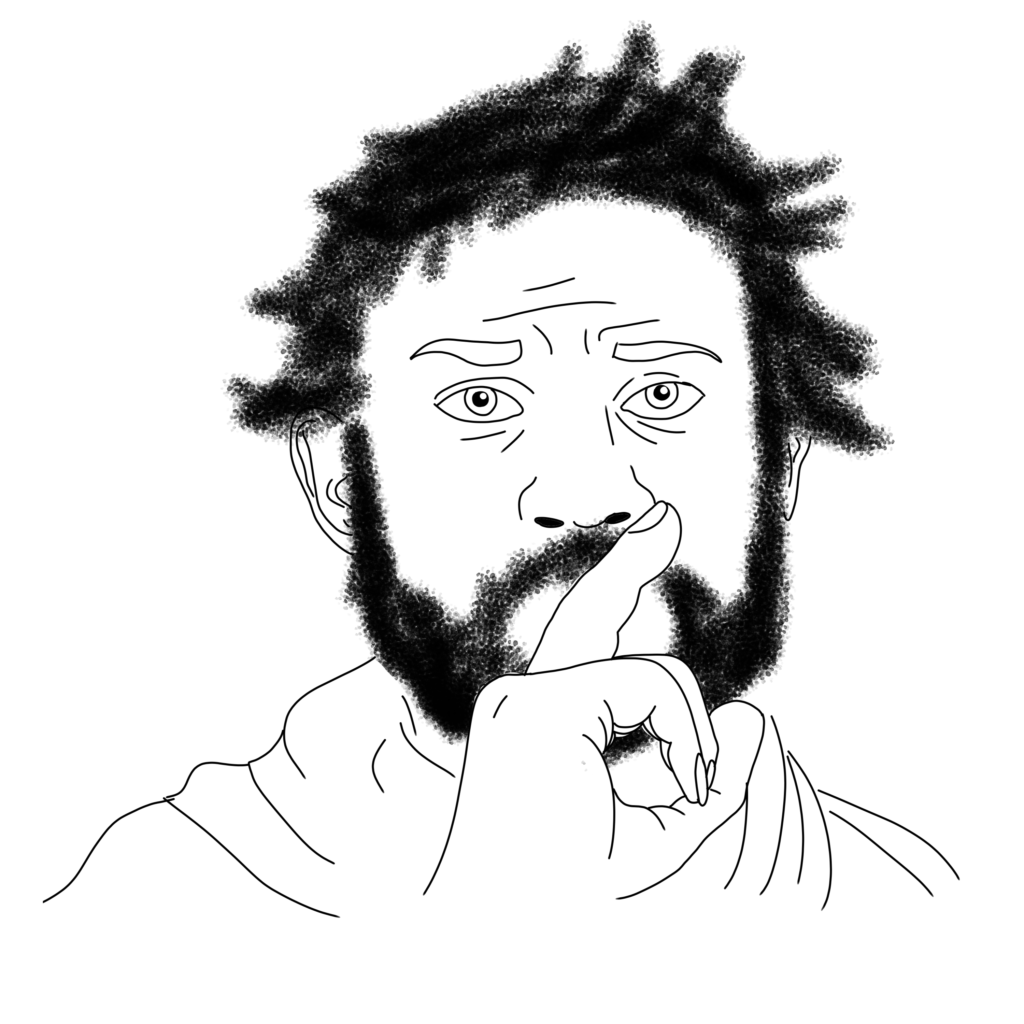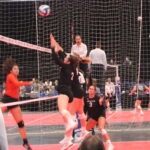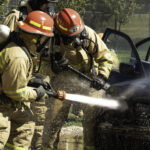
Everyone should watch “A Quiet Place” and “A Quiet Place II.” Not because they are the greatest movies ever made, but because all (most) movies are worth seeing. Too often movie goers are influenced by other people’s opinions of movies and miss out on seeing films they might have enjoyed. Who hasn’t said, “I really want to see that, it’s supposed to be really good” or avoided a movie because it received bad reviews?
The problem with reviews is that movie reviewers have biases, they are susceptible to group think and, frankly, they aren’t artists, at least not in the ways a cinematographer or makeup artist are, for example. Granted the act of writing nonfiction is an art form but should critiquing artistic endeavors really be considered itself an artistic endeavor? I’ll leave that for the critics of movie critics to decide
Furthermore, and on a personal level, I love to get lost in the story and storytelling of movies and I have respect for the (imperfect) attempts filmmakers and actors make to tell stories. Reviews often go into philosophical high-minded musings that make me shake my head – they just don’t get it. It’s a story. Immersing oneself in that story has intrinsic value whether the movie is great or not so much.
Before reading further, I strongly recommend seeing “A Quiet Place II.” Not because I am about to divulge spoilers but because movie viewing is best when it is done with little to no knowledge of the content of the film. I do not watch trailers and if I can help it, I read nothing about a movie before I watch it, including blurbs and the “back of the DVD.” Clearly, I too have biases.
But just so we’re clear, the Quiet Place saga is about a family living in a world filled with aliens who hunt by sound, and the tiniest of sounds will bring an alien onslaught and almost certain death.
“A Quiet Place” was the movie I wanted to love but hated, while “A Quiet Place II” was the movie I wanted to hate but liked. I didn’t love it – it wasn’t the height of cinematic excellence – but it was very good.
The first installment of the Quiet franchise was deeply flawed. “A Quiet Place” suffered from significant plot holes, incoherent scenes, and poorly drawn rules of the characters’ world.
Viewers are expected to believe that a year and a half after the alien invasion the family’s farm is surrounded by cornfields of perfectly mechanized rows in a world where you can’t make a sound. Several graduates of the University of Iowa Writer’s Workshop wrote the original screenplay that John Krasinski adapted. So, this plot hole is mildly insulting for Iowans. For me, it made every other plot hole glaring.
Further, scenes and events often felt opportunistic – as if they were just concocted to put the characters in the situations the filmmakers had dreamed up that would be really cool to showcase the horrors that would arise in a world of silence by necessity. There was no reason Lee, Krasinski’s character, could not have quietly broken off the nail sticking out of the basement stair. But he didn’t because then we couldn’t watch Emily Blunt try not to scream when she stepped on it. That’s just ridiculous – the nail could have been broken off in about 60 seconds with barely a sound.
When all hell breaks out in “A Quiet Place” it is hard to figure out exactly what is happening and why. It’s disjointed. The kids are sinking into corn in a silo, the mom is walking around in water in the basement where an alien has magically appeared out of thin air and the dad is doing who knows what. The pieces of the climax of the film just don’t fit. They are just thrown together.
Of course, then there are the inconsistent rules of the world, and the internet is full of “A Quiet Place” haters who love to point them out. Chiefly, what is the sense of playing monopoly with felt game pieces in a world where passing gas could get you killed? It’s a silly example but it is indicative of the inconsistencies.
This is where “A Quiet Place II” shines, however. Since, we are already familiar with the world the second installment serves to clarify the rules and what types of noise are dangerous and what types get lost in the natural noises of the world. We learn more about the aliens and their arrival on earth through some initial backstory scenes which adds to the clarification.
In the second film we also get to see family and friends use sign language to communicate with the daughter who is deaf in situations that don’t necessarily require extreme quietness, so that the usage of sign language becomes less gimmicky and more an essential thread of the fabric of the story.
“A Quiet Place II” allows viewers to leave behind the shock and awe of the first film and engross themselves in a coherent story set in a world they understand – a story where things happen for a reason and the characters are headed somewhere.
On the technical side the filmmakers chose to handle certain heavy action scenes by jumping back and forth between action occurring in multiple locations. In other films when action scenes are broken up by slower scenes happening elsewhere or by flashbacks it can be annoying and disappointing, however, in “A Quiet Place II” the action scenes were related and of equally high intensity so that jumping back and forth was interesting and engaging as opposed to jarring.
“A Quiet Place II” has its fair share of jump scares as you would expect which are themselves worth the price of admission. We move into new settings, learn more about the characters and the horror of their world. The second movie really felt different, as though mistakes were being corrected and more people and money were involved in its production. It genuinely is a case of a sequel outshining the original.
Interestingly the COVID pandemic brought some understanding to the original film. In a world of chaos and uncertainty people’s responses and choices don’t always make sense. When you see people wearing flimsy masks incorrectly but spraying their produce with hand sanitizer you can forgive the film’s family for making silly choices about what sounds are ok and what sounds are not ok.
I felt very engrossed in “A Quiet Place II” as I watched it in the theater and even experienced some emotions towards the end (i.e. I felt like crying but didn’t because I’m a guy or whatever). This was a big difference for me from when I watched the first installment for the first time on a laptop and maybe a clinical approach, albeit a genuine expectation that I would enjoy it.
My different reactions to the two films raise some interesting questions as we move out of the pandemic and back into “normal” life. As businesses open and group activities resume some noise has been made about getting audiences back into theaters and the importance of viewing films together.
Would my reaction to the first film have been different if I had watched it with other people in a theater and experienced their emotions with the film? Would I have been able to overlook its flaws? Can other people’s reactions influence us into appreciating something that isn’t worthy of appreciation, or do they influence us to appreciate something that is flawed but still has value?
I don’t have good answers to these questions as of yet, but I am happy to be able to return to theaters and watch films the way they are intended – on the big screen. Now is the time, and remember, despite this record of my biased personal opinions, everyone should see “A Quiet Place” and “A Quiet Place II” because they are movies. And movies should be seen despite any reviewer’s opinions.
Categories: Art & Life, Movie Reviews










